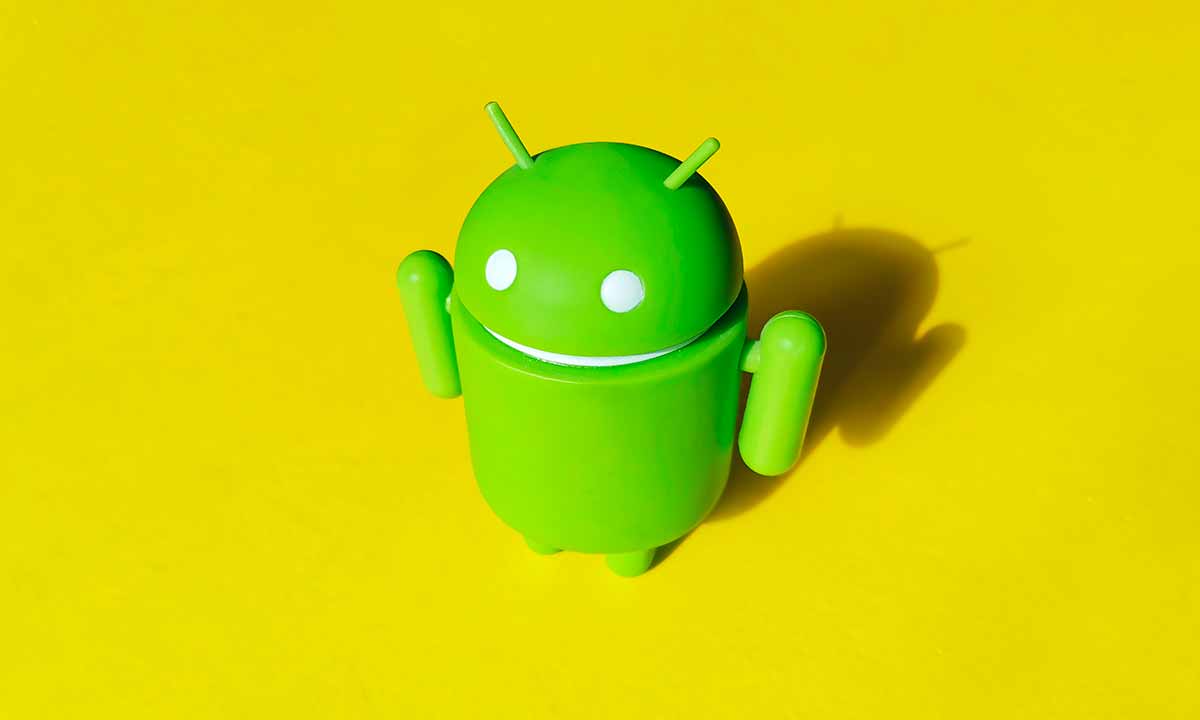Daily we see more smartphones with Android 12, either new models or devices that came to market with previous versions and have already been able to upgrade to the latest version of the Google operating system. In theory, therefore, a significant increase in its acceptance could be expected. However, even though it is clearly a growing number, it does not seem to be doing so at the pace expected, although it is true that the numbers vary considerably depending on the source being consulted.
So if we check the Global Stats data from StatCounter, we’ll see that during the month of March Android 12 adoption was already 9.5%. It’s not much, we’re talking about less than one in ten phones, but at least it’s a “reasonable” number and yes, the quotation marks mean reasonable at the end of the table. According to the panel, there are gold, silver and bronze medals for Android 11, 10 and 9, with 35.62%, 23.8% and 11.76%. Android 12, in fourth place, is still off the podium.
However, the data obtained by Uptodown and Gizchina are more striking. And it is so that according to the information coming from the analysis of the site itself Android 12 adoption would be only 2.6%, with less than three out of every 100 terminals used to access those websites being equipped with the latest version of the Google operating system for devices. Amazingly low figure.
So according to the classification of the locality we find Android 11, 10 and 9 occupied the first three positions, as in StatCounter, and with percentages of 29.5%, 25.2% and 11.5%, which are quite close in both cases. However, the surprise comes when we find Android 8.1 in fourth place, which would currently retain an 11% stake (StatCounter tells him 6.27%) and only in the fifth position with the mentioned 2.6% we find Android 12.


Of course, the Uptodown data on Android 12 seems to be relatively low, but on the other hand, and if based on its analytics tools, he could also tell us that the StatCounter figure is optimisticand that in fact it is 10% further than we could have imagined.
Now, whether it’s 2.6% or 9.5%, personally it still seems like a relatively low number to me, because we have to keep in mind that more than six months have passed since the launch of Android 12. That is, in my opinion. , body shortcomings in the transmission chain responsible for providing operating system updates to users. And this includes those responsible for customization layers to those who depend on which terminals can be updated and which remain embedded in previous versions.
For comparison and back to StatCounter data, iOS 15.4 has a share of only 5.68%, but if we add all versions of iOS from 15.1 to 15.4, both inclusive, we find a categorical 69.6%, almost seven out of ten iPhones. Something very striking, considering that iOS 15 and Android 12 entered the market almost simultaneously, in September last year. This is undoubtedly the point at which Apple managed to get much ahead.